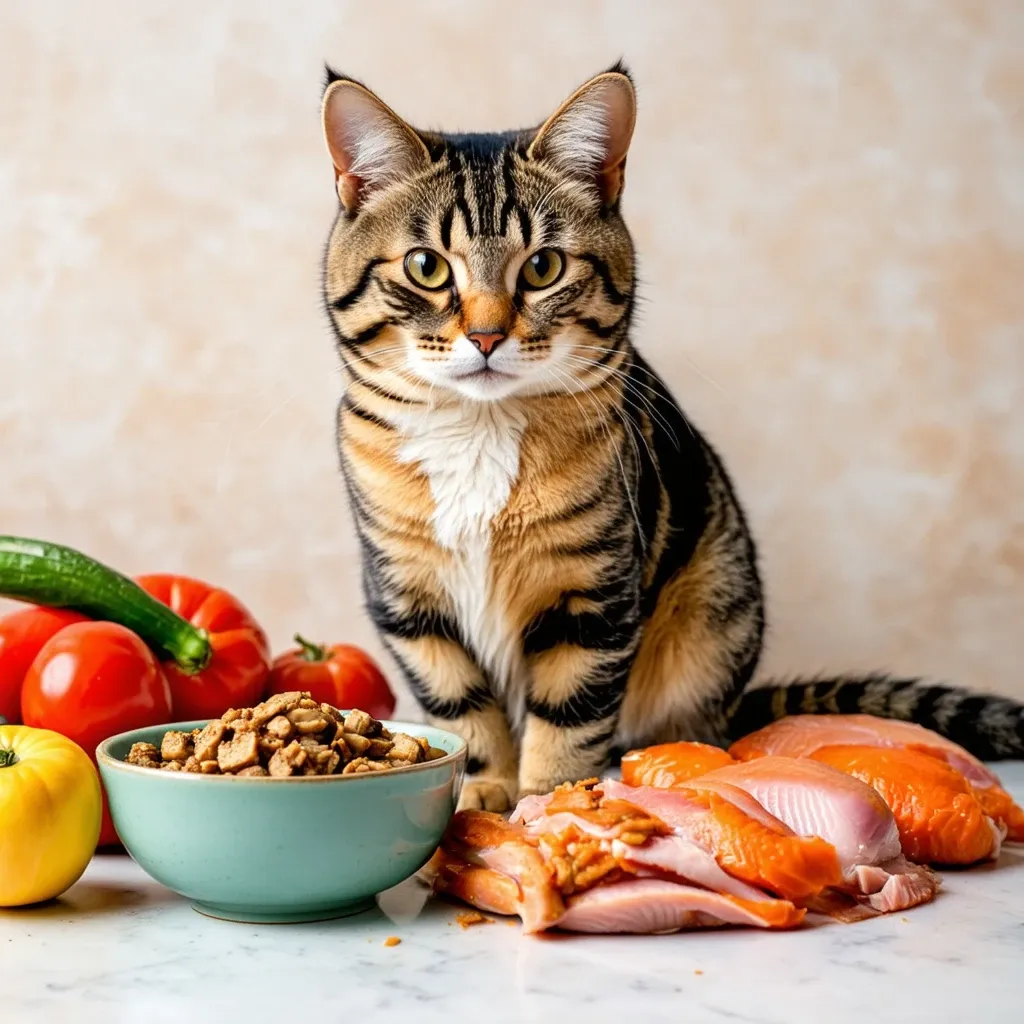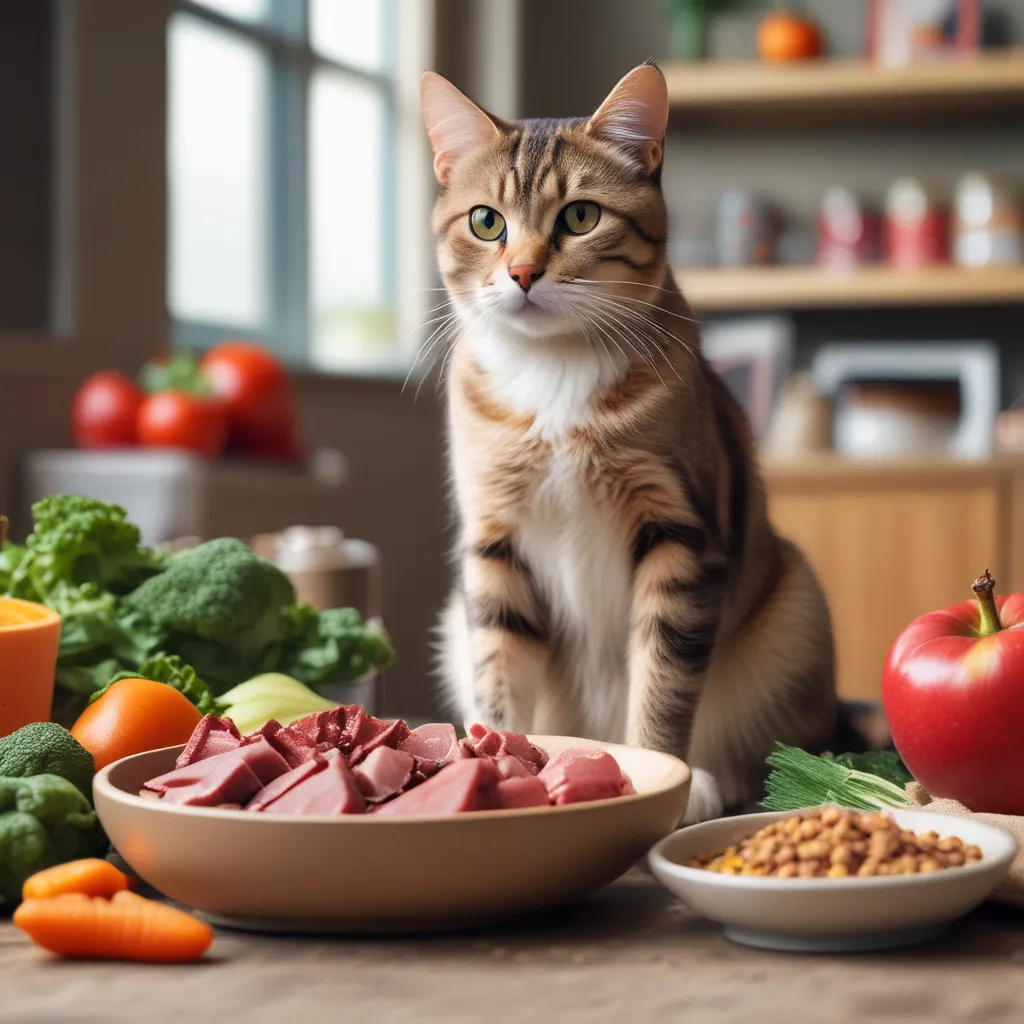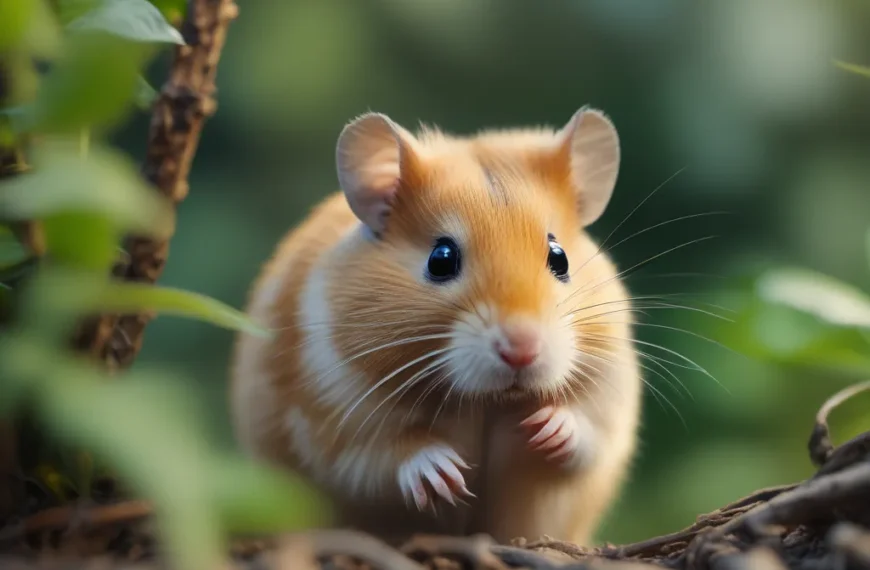Introduction
As a cat owner, you’re likely no stranger to the joys of watching your feline friend thrive on a nutritious diet. But have you ever stopped to consider the cost of feeding your cat? With the rising prices of commercial cat food, many pet owners are turning to homemade cat food as a more affordable alternative. But is it really cheaper to make your own cat food?
In this article, we’ll delve into the world of homemade cat food and explore the costs associated with making your own cat food versus buying commercial cat food. We’ll examine the factors that affect the cost of homemade cat food, discuss the potential health benefits and drawbacks, and weigh the pros and cons of making your own cat food versus buying commercial cat food.
Whether you’re a seasoned cat owner or just starting out, this article will provide you with the information you need to make an informed decision about what’s best for your feline friend – and your wallet.

What are the costs of making cat food at home?
Making cat food at home can be a cost-effective option for pet owners who want to provide their feline friends with a healthy and balanced diet. The cost of making cat food at home depends on several factors, including the ingredients used, the recipe, and the quantity of food being prepared.
According to a recipe from Balance It, a homemade pet food solutions company, a Turkey Breast and Sweet Potato Recipe using their Carnivore Blend premix can cost as low as $0.81 per serving. This is significantly cheaper than commercial raw cat food, which can cost around $5.30 per serving.
Here’s a breakdown of the estimated costs of making cat food at home:
- Ingredients:
- Meat (chicken, beef, or turkey): $1.50 – $3.00 per pound
- Vegetables (sweet potatoes, carrots, etc.): $0.50 – $1.00 per pound
- Fruits (apples, blueberries, etc.): $0.50 – $1.00 per pound
- Grains (brown rice, oats, etc.): $0.50 – $1.00 per pound
- Supplements (vitamins, minerals, etc.): $0.25 – $0.50 per serving
- Total cost per serving: $0.81 – $2.50
It’s worth noting that these estimates may vary depending on the specific ingredients and recipe used. Additionally, making cat food at home requires time and effort to prepare and cook the ingredients, which should also be factored into the overall cost.
Overall, making cat food at home can be a cost-effective option for pet owners who want to provide their cats with a healthy and balanced diet. However, it’s essential to consult with a veterinarian or a veterinary nutritionist to ensure that the homemade diet is nutritionally complete and safe for your cat.

How does homemade cat food compare to commercial cat food in terms of cost?
When it comes to comparing the cost of homemade cat food to commercial cat food, there are several factors to consider. The cost of making cat food at home can vary depending on the ingredients used, the quantity of food being made, and the frequency of preparation.
Initial Investment
While making cat food at home may require an initial investment in ingredients and equipment, it can be more cost-effective in the long run. A 50-pound bag of whole chicken, for example, can cost between $20 and $30, which is equivalent to 100-150 pounds of commercial cat food.
Cost per Pound
The cost per pound of homemade cat food can range from $0.75 to $1.50 per pound, depending on the ingredients used. In contrast, commercial cat food can cost anywhere from $1 to $5 per pound.
Comparison to Commercial Cat Food
A study by the American Animal Hospital Association found that making cat food at home can be 20-30% cheaper than buying commercial cat food. However, this cost savings can vary depending on the specific ingredients and recipes used.
Factors Affecting Cost
Several factors can affect the cost of homemade cat food, including:
- The cost of ingredients: Using organic or specialty ingredients can increase the cost of homemade cat food.
- The quantity of food being made: Making large batches of cat food can be more cost-effective than making small batches.
- The frequency of preparation: Preparing cat food daily can be more expensive than preparing it weekly or monthly.
While the cost of homemade cat food can vary depending on several factors, it can be a cost-effective alternative to commercial cat food. By using whole ingredients and making large batches, cat owners can save money and provide their pets with a healthy and nutritious diet.
What factors affect the cost of homemade cat food?
When it comes to making your own cat food at home, several factors can impact the overall cost. Here are some of the key factors to consider:
- Ingredients: The cost of ingredients can vary greatly depending on the type and quality of food you choose. For example, using organic or premium ingredients can increase the cost, while opting for more affordable options can help reduce expenses.
- Quantity: The amount of food you need to make will also impact the cost. If you have multiple cats or larger cats, you’ll need to make more food, which can increase the cost.
- Recipe complexity: Some recipes may require more expensive ingredients or specialized equipment, which can add to the overall cost.
- Time and labor: While making your own cat food can be cost-effective, it does require time and labor. If you value your time highly, you may need to factor in the cost of your time when calculating the overall cost.
- Consultation with a veterinary nutritionist: To ensure that your homemade cat food is nutritionally balanced, you may need to consult with a veterinary nutritionist. This can add an extra expense to the overall cost.
Overall, the cost of homemade cat food can vary depending on these factors. However, with some planning and research, you can create a cost-effective and healthy diet for your cat.
Are there any health benefits or drawbacks to making your own cat food that could impact the overall cost?
Making your own cat food can have both health benefits and drawbacks that could impact the overall cost. On the one hand, homemade cat food allows you to feed your cat a diet free from fillers and by-products, which can be beneficial for their health. Additionally, using fresh ingredients can be more appealing to your cat’s taste buds.
However, there are also some potential drawbacks to consider. Providing complete and balanced nutrition through a homemade diet can be incredibly challenging, leaving the door open for nutritional imbalances. This can lead to health problems for your cat if not done correctly.
Another con of homemade cat food is that it can be complicated and difficult to prepare. Most adult cats need around 200 calories per day, which usually translates to 6 oz of homemade cat food, but the amounts will vary based on your recipe. This can be time-consuming and may require the help of a veterinary nutritionist, which can incur an extra expense.
Despite these challenges, some cat owners find that making their own cat food can be less expensive than buying commercial cat food, depending on the ingredients used. However, it’s essential to weigh the pros and cons and consider what’s best for your cat’s health and your budget.

In conclusion, while making your own cat food can have health benefits, it’s crucial to be aware of the potential drawbacks and take steps to ensure your cat is receiving a balanced and nutritious diet.
Pros and Cons of Making Your Own Cat Food vs. Buying Commercial Cat Food
When it comes to deciding what to feed your feline friend, you have two main options: making your own cat food at home or buying commercial cat food. Both options have their pros and cons, which are discussed below.
Pros of Making Your Own Cat Food
- Customization: By making your own cat food, you can tailor the ingredients to your cat’s specific needs and preferences. This is especially useful if your cat has food allergies or sensitivities.
- Control over ingredients: When you make your own cat food, you have complete control over the ingredients that go into it. This means you can avoid using fillers, by-products, and other low-quality ingredients that are often found in commercial cat food.
- Potential cost savings: Depending on the ingredients you use and the quantity you make, making your own cat food can be cheaper than buying commercial cat food.
- Freshness: Homemade cat food is typically made in small batches, which means it is fresher than commercial cat food that may have been sitting on a shelf for months.
Cons of Making Your Own Cat Food
- Time-consuming: Making your own cat food can be time-consuming, especially if you are making large batches. You will need to spend time researching recipes, shopping for ingredients, and preparing the food.
- Nutritional balance: It can be challenging to ensure that your homemade cat food is nutritionally balanced. Cats have specific dietary needs, and if you don’t provide the right balance of nutrients, your cat may become malnourished.
- Storage and handling: Homemade cat food requires proper storage and handling to prevent spoilage and contamination.
Pros of Buying Commercial Cat Food
- Convenience: Commercial cat food is widely available and easy to purchase. You can find it in most pet stores and online.
- Nutritional balance: Commercial cat food is formulated to meet your cat’s nutritional needs, so you can be confident that your cat is getting the nutrients it needs.
- Long shelf life: Commercial cat food has a long shelf life, which means you can buy it in bulk and store it for later use.
Cons of Buying Commercial Cat Food
- Preservatives and additives: Many commercial cat foods contain preservatives and additives that can be detrimental to your cat’s health.
- Limited customization: Commercial cat food comes in standard formulas, which may not meet your cat’s specific needs or preferences.
- Cost: While commercial cat food can be convenient, it can also be expensive, especially if you have multiple cats or large cats.
Ultimately, the decision to make your own cat food or buy commercial cat food depends on your individual circumstances and priorities. If you have the time and resources to make your own cat food, it can be a great way to provide your cat with a customized and nutritious diet. However, if you are short on time or prefer the convenience of commercial cat food, there are many high-quality options available.
Conclusion
Making your own cat food can be a cost-effective option, but it depends on several factors. The cost of ingredients, the recipe used, and the frequency of feeding all play a role in determining the overall cost. Additionally, the health benefits and drawbacks of making your own cat food should be considered, as they can impact the overall cost.
In general, making your own cat food can be cheaper than buying commercial cat food, especially if you buy ingredients in bulk and use a simple recipe. However, if you use a complex recipe or high-end ingredients, the cost can add up quickly.
Ultimately, the decision to make your own cat food or buy commercial cat food depends on your individual circumstances and priorities. If you value the health benefits and cost savings of making your own cat food, it may be worth the time and effort. However, if you prioritize convenience and are willing to pay a premium for commercial cat food, that may be the better option for you.
It’s also important to consider the pros and cons of making your own cat food, including the potential for nutritional deficiencies if the recipe is not well-balanced, and the risk of contamination if the food is not handled and stored properly.
In conclusion, making your own cat food can be a cost-effective and healthy option, but it requires careful consideration of the ingredients, recipe, and handling and storage procedures. By weighing the pros and cons and making an informed decision, you can provide your cat with the best possible nutrition while also saving money.
















